Nikon Z8 vs Z9: getting to grip with the big differences
Many call the Nikon Z8 the ‘baby Z9’, but how do the two cameras compare, and what are the real differences?
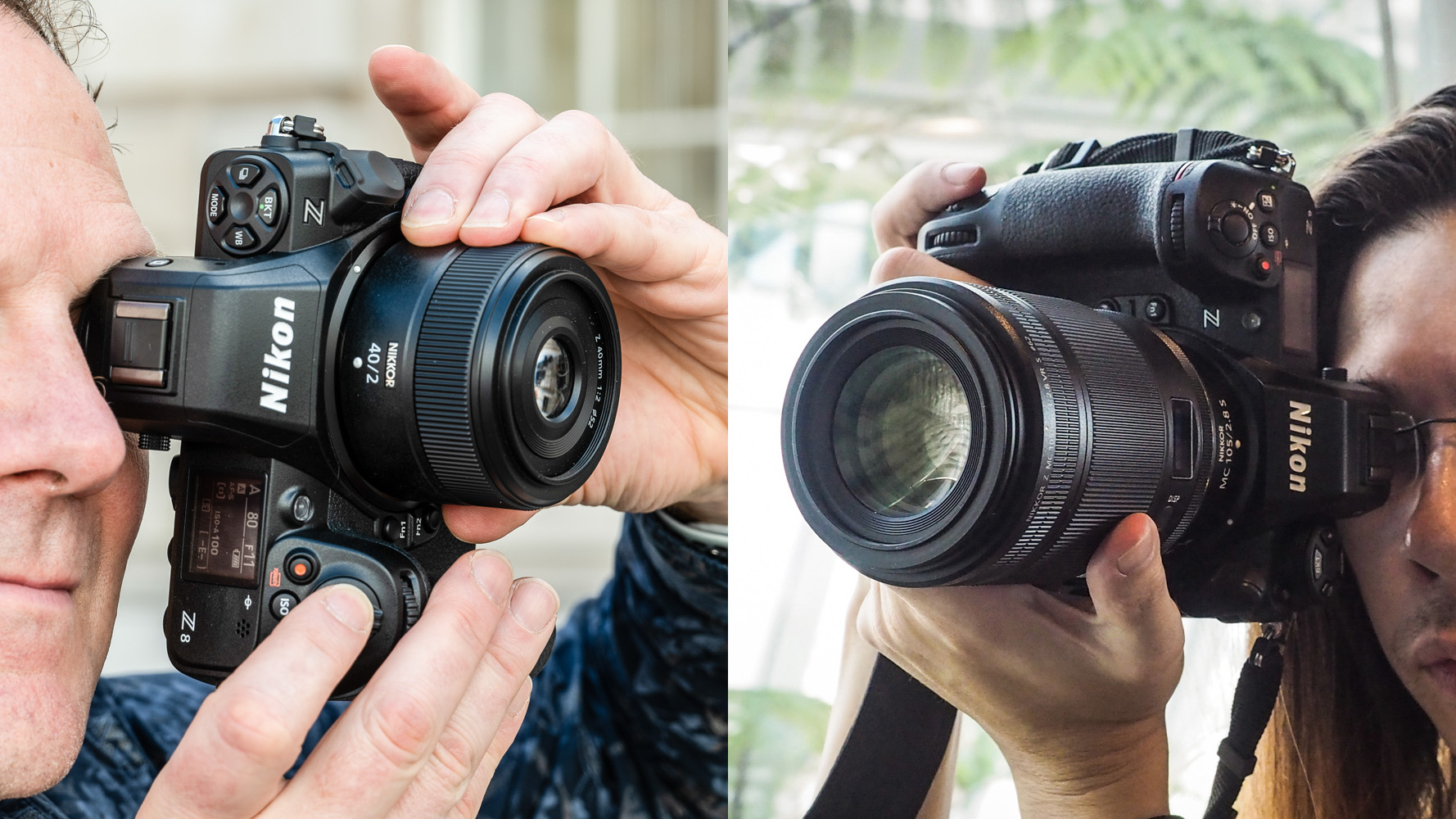
Nikon announced the Z9 in October 2021, and it has won many accolades. It’s not surprising because its 120fps maximum continuous shooting, 8K 60p video capability and the ability to shot 8K 30p footage for more than 2½ hours have the Sony A1 and Canon R3 beaten, yet it costs much less. Now in 2023 the Nikon Z8 has been introduced, which has many of the features of the Nikon Z9, but at an even lower price. In this post, we compare the key elements of the Nikon Z8 and Z9 to identify their similarities and differences.
Nikon Z8 vs Z9: Sensor
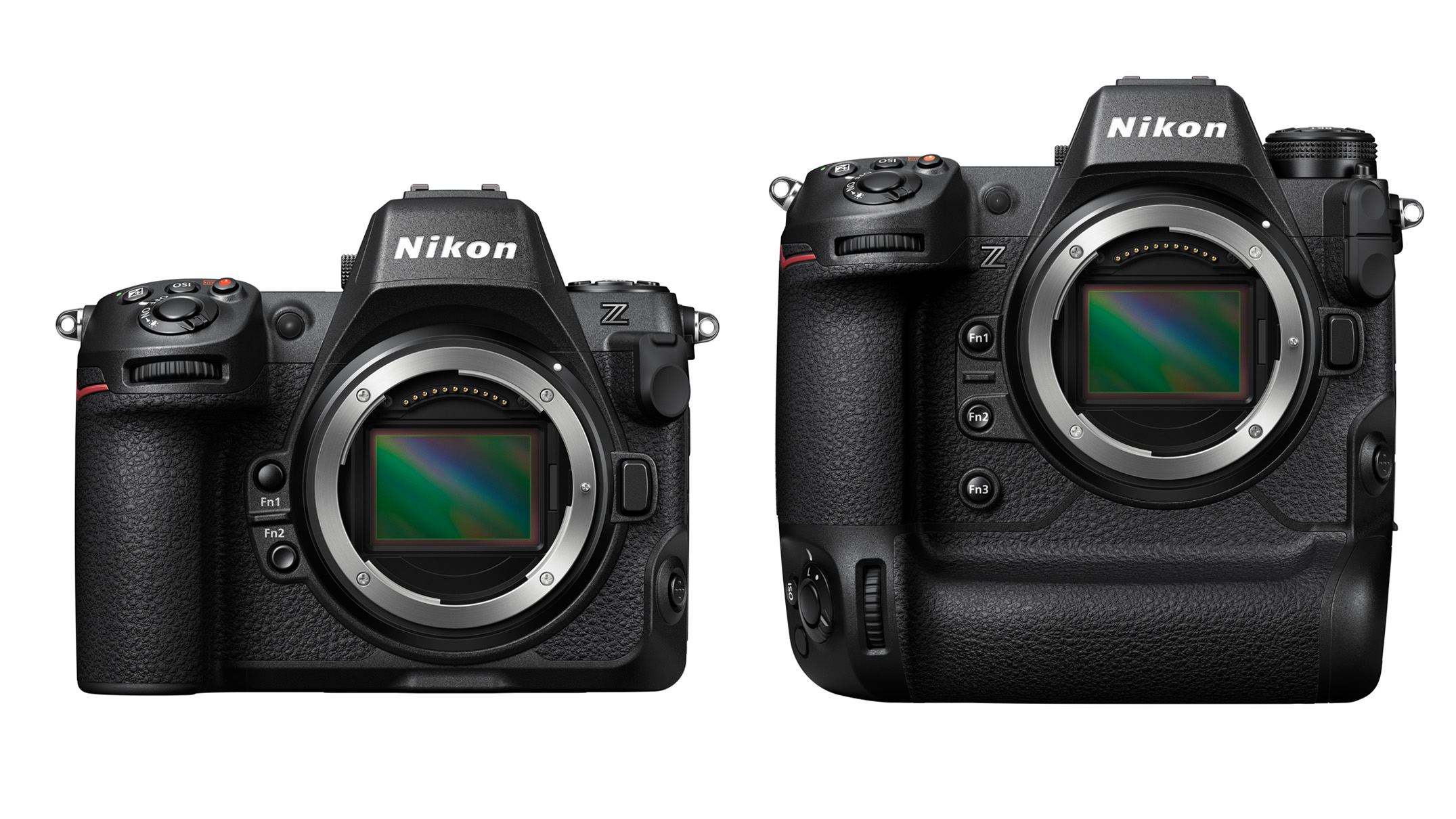
Nikon Z8: Full-frame (FX 35.9 x 23.9mm) 45.7MP stacked backside illuminated (BSI) sensor
Nikon Z9: Full-frame (FX 35.9 x 23.9mm) 45.7MP stacked backside illuminated (BSI) sensor
Nikon has used the same 45.7MP stacked BSI sensor in the Z8 as is in the Z9. It’s also paired it with the same Expeed 7 processing engine, which means that the two cameras are capable of delivering the same image quality.
Using the same hardware and processing system also means that the sensitivity range of of the two cameras is identical, ISO 64-25,600 as standard but extendable to ISO 32-102,400.
In addition, both cameras can shoot full-resolution raw files at up to 20fps (frames per second), capturing over 1000 images on a CFexpress card. Alternatively, normal quality full-resolution Jpegs can be shot at up to 30fps while lower resolution images can be captured at up to 120fps.
Nikon Z8 vs Z9: Autofocus
Nikon Z8: Hybrid with 493 phase-detection points and subject detection
Nikon Z9: Hybrid with 493 phase-detection points and subject detection
Again, the Nikon Z8 and Z9 have the same hardware, which means they have the same performance. However, Nikon separated ‘Airplane’ detection from ‘Vehicle’ detection with the Z8, which is said to make it more sensitive. This seems likely to be added to the Z9 with a firmware update at some point.
The full complement of subjects that are detectable by either camera is; people (eyes, faces, head and torso), animals (whole bodies and heads and eyes for cats, dogs, birds and ‘other animals’), cars, motorbikes, bicycles, trains and aeroplanes.
Nikon Z8 vs Z9: Video
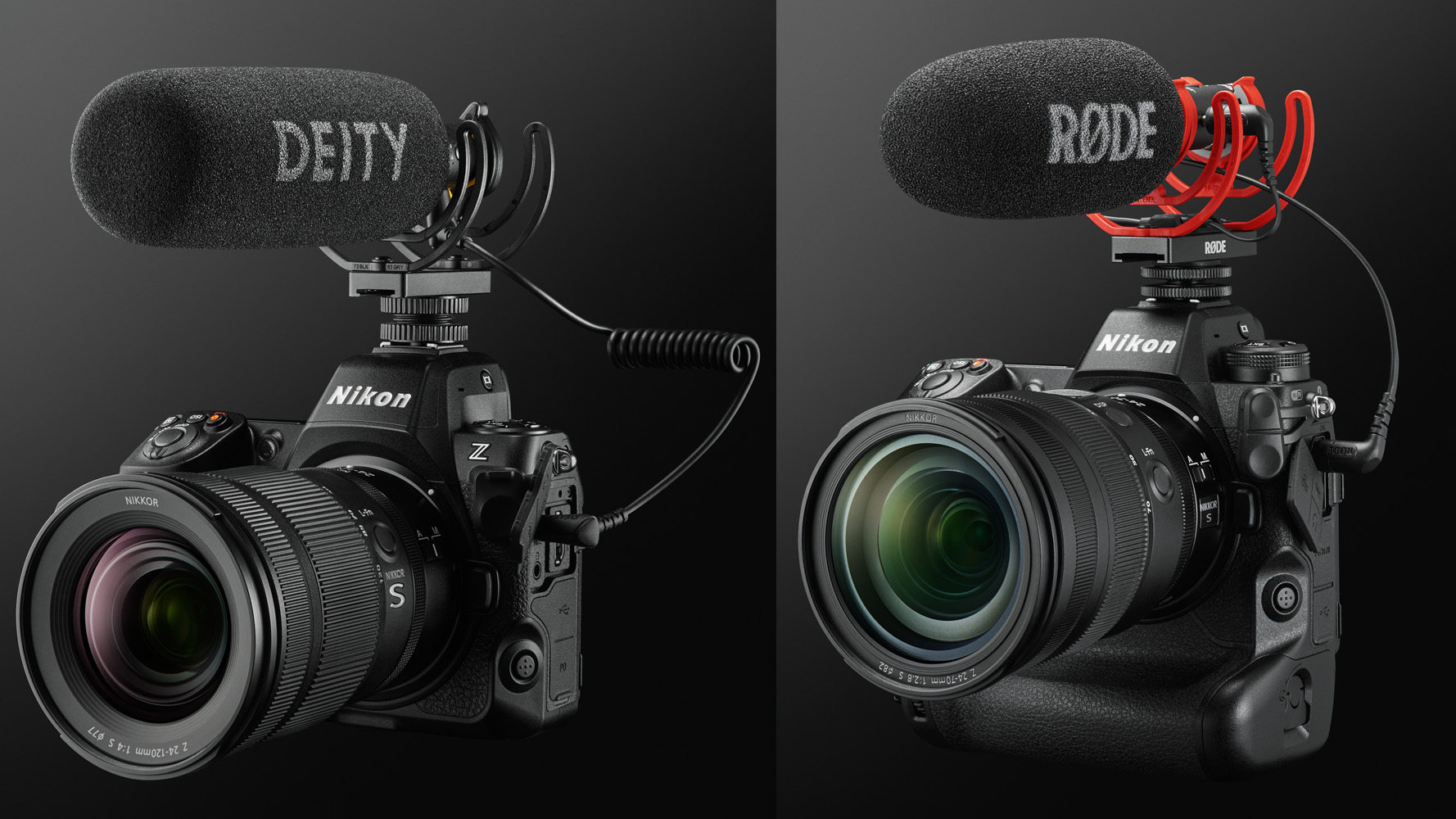
Nikon Z8:
8K (7680 x 4320): 60p/30p/25p/24p,
4K (3840 x 2160): 120p/100p/60p/50p/30p/25p/24p,
Full HD (1920 x 1080): 120p/100p/60p/50p/30p/25p/24p
Nikon Z9:
8K (7680 x 4320): 60p/30p/25p/24p,
4K (3840 x 2160): 120p/100p/60p/50p/30p/25p/24p,
Full HD (1920 x 1080): 120p/100p/60p/50p/30p/25p/24p
While the Z8 and Z9 have the same video options, including the ability to shoot 8K 60P and 4K 120P footage, the Z9 can shoot continuously for longer. The Z8 can capture around 2 hours of 8K 60P footage and or 1.5 hours of 8K 30p footage, for example, but the Z9 pushes 8K 30P recording to just over 2 hours. These differences are likely down to the better heat dissipation of the Z9.
Both cameras are capable of shooting 12-bit raw and Prores HQ 10-bit 4:2:2 video, and have N-Log and HLG modes.
Nikon Z8 vs Z9: Image formats
Nikon Z8: 14-bit NEF (RAW), JPEG, HEIF
Nikon Z9: 14-bit NEF (RAW), JPEG
The Z8 is the first Nikon camera to be able to save images in HEIF format. That’s a 10-bit file format that captures greater dynamic range than a JPEG (8-bit) but it occupies less space on a memory card. HEIF format isn’t widely supported by editing or image-sharing platforms yet, but its seems likely to gain ground. This could be another feature that the Z9 gains with a firmware update.
Nikon Z8 vs Z9: Viewfinder & screen
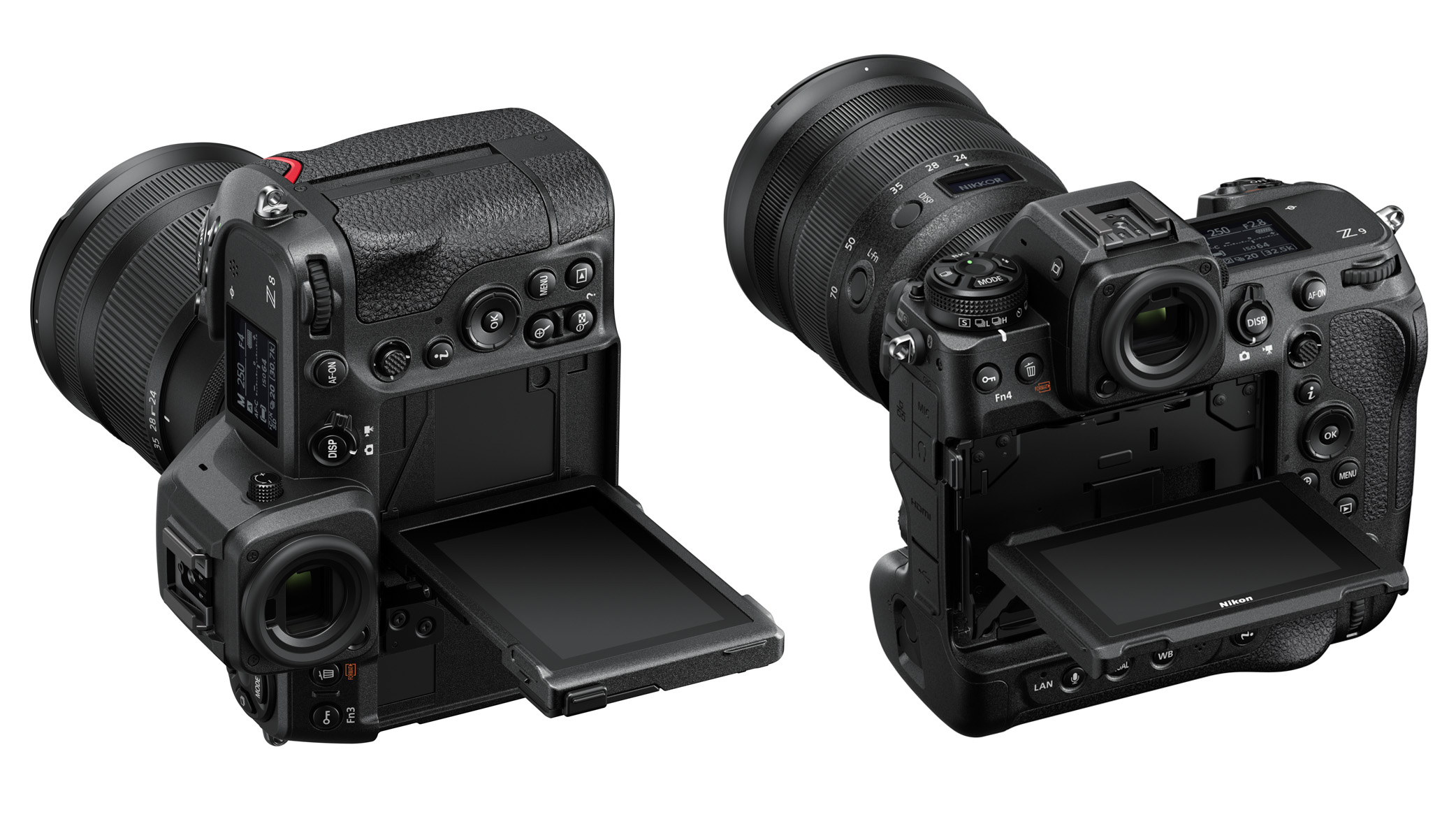
Nikon Z8: 0.5-inch 3.69-million-dot OLED viewfinder, 3.2-inch 2,100,000-dot 4-way-tilting touch-screen
Nikon Z9: 0.5-inch 3.69-million-dot OLED viewfinder, 3.2-inch 2,100,000-dot 4-way-tilting touch-screen
There’s nothing to separate the Z8 and Z9 with regards to their viewfinders and rear screens as they both have exactly the same technology. They also both have a small information screen on their top-plate to keep you informed about the main camera settings and battery status.
Nikon Z8 vs Z9: Size and weight
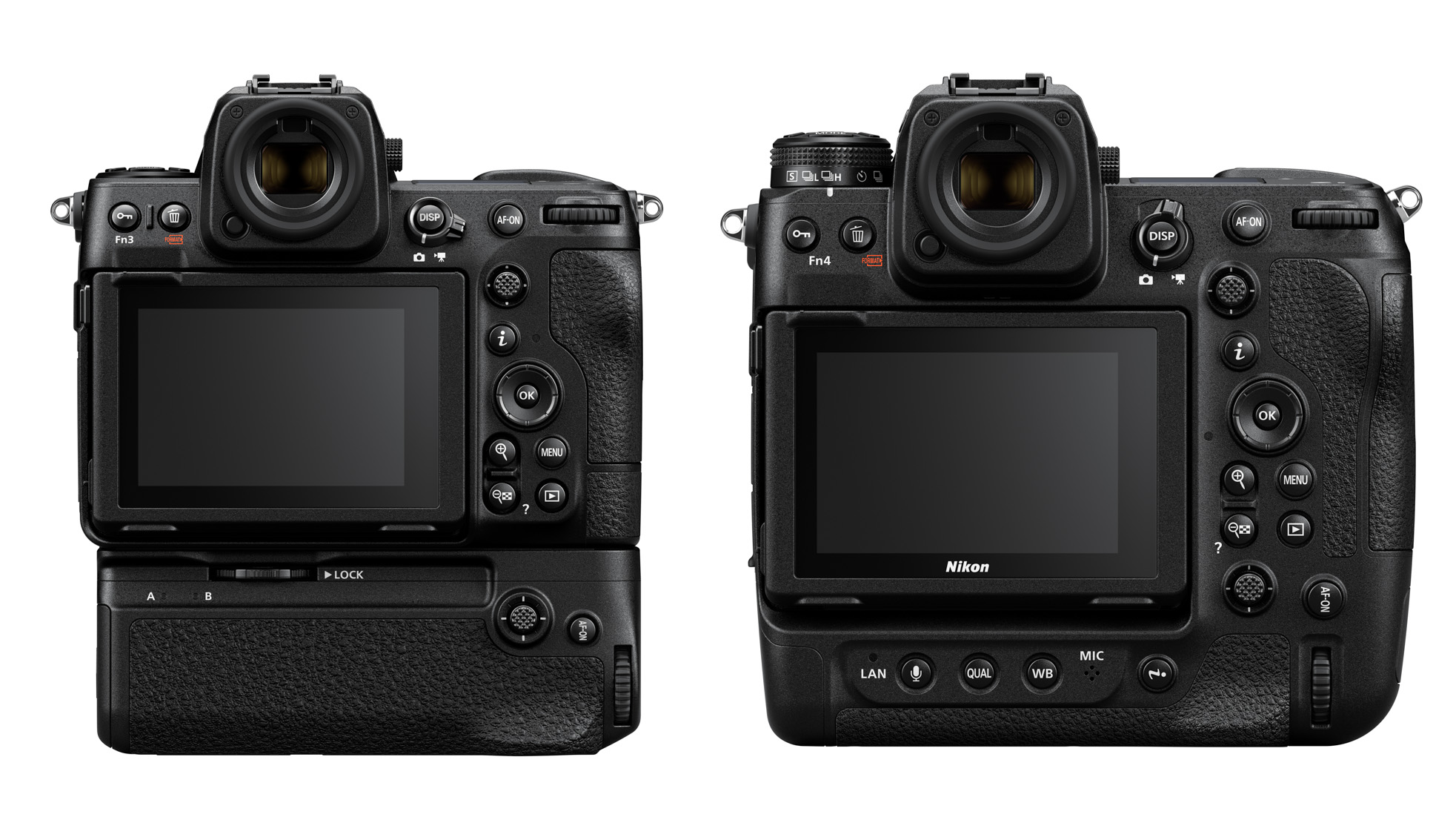
Nikon Z8: 144 x 118.5 x 83 mm, 910g with battery and memory card
Nikon Z9: 149 x 149.5 x 90.5 mm, 1340g with battery and memory card
As the vital statistics show, the Z8 is considerably smaller and lighter than the Z9. The reason is that the Z9 is a double-gripped camera while the Z8 has a single grip. Of course there is an optional battery grip available for the Z8, but you have the choice whether to use it or not.
Photographers wishing to use long, heavy lenses on their camera may prefer the extra bulk of the Z9, but there are also plenty of photographers who prefer something a little smaller.
The smaller Z8 also has a slightly different control arrangement. They have the same top-plate controls but the Z8 has fewer buttons on its rear. However, as I mentioned before, you get the same 4-way tilting 3.2-inch 2,1000,000-dot touchscreen on the Z8 and is on the Z9.
Nikon Z8 vs Z9: Connection ports
Nikon Z8: 2x USB-C, Type A HDMI, 3.5 mic, 3.5mm headphone, 10-pin remote
Nikon Z9: 1x USB-C, Type A HDMI, 3.5 mic, 3.5mm headphone, 10-pin remote, ethernet
The big difference here is the that Nikon Z8 has two USB-C ports, one of which is a SuperSpeed USB data connector while the other is a Power Delivery connector. It means you can connect the camera to a power source but still use the other USB-C port to connect an accessory like the MC-N10 Remote Grip or an ethernet adapter.
Both cameras have a full-size HDMI port, but only the Z9 has an ethernet connection port.
Nikon Z8 vs Z9: Memory cards
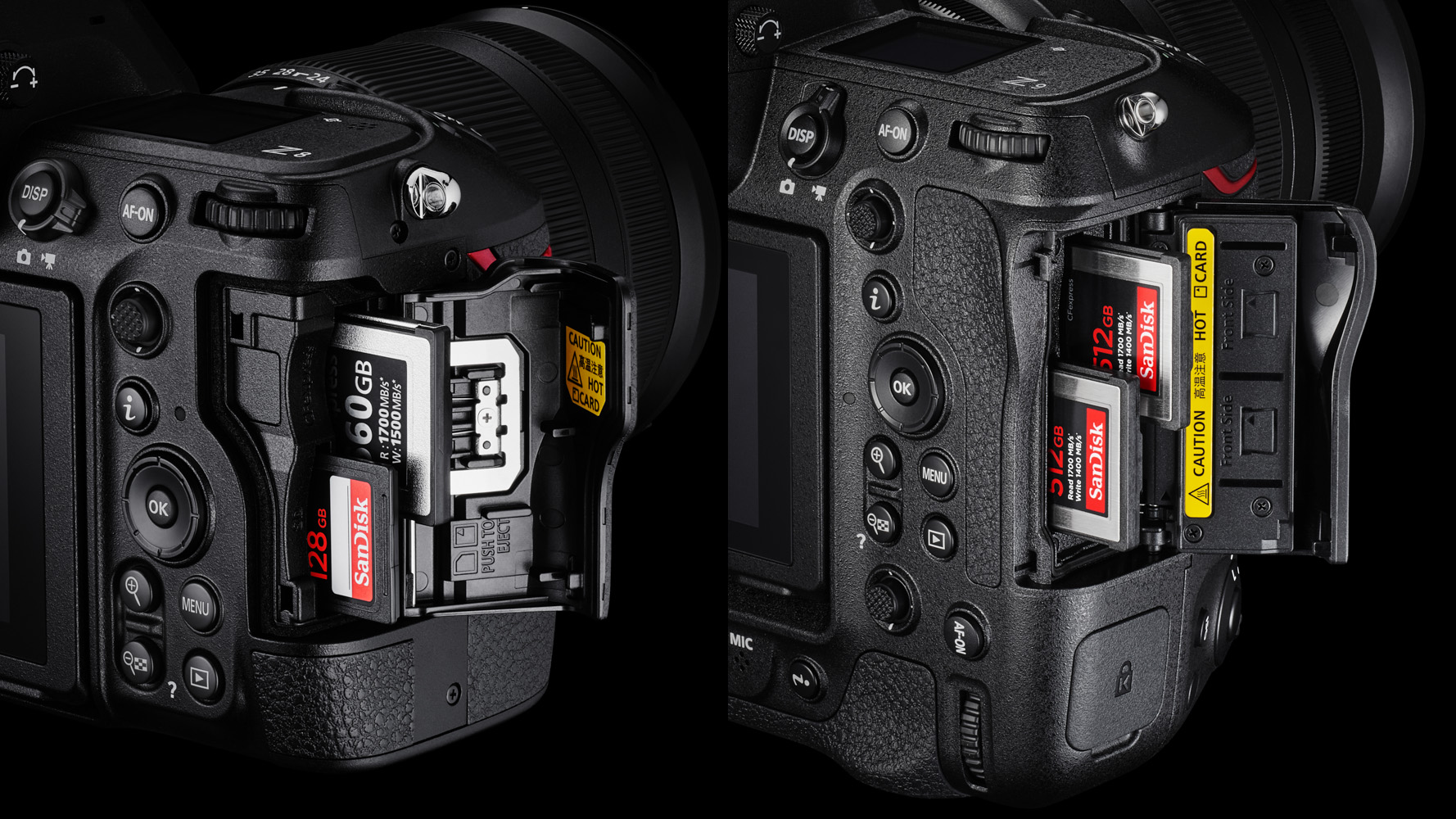
Nikon Z8: 1x CFexpress Type B, 1x SD UHS-II
Nikon Z9: 2x CFexpress Type B
While the Nikon Z9 has two CFexpress card slots, the Z8 has one CFexpress and one SD-type card slot. CFexpress cards are more expensive than SD cards, but they have faster write times which makes them useful when recording video in the highest quality settings. As many photographers already have SD cards, the Z8’s storage options maybe more popular with those upgrading from other cameras. However, the Z9’s dual CFexpress card status helps to ensure the best performance at all times.
Nikon Z8 vs Z9: Battery
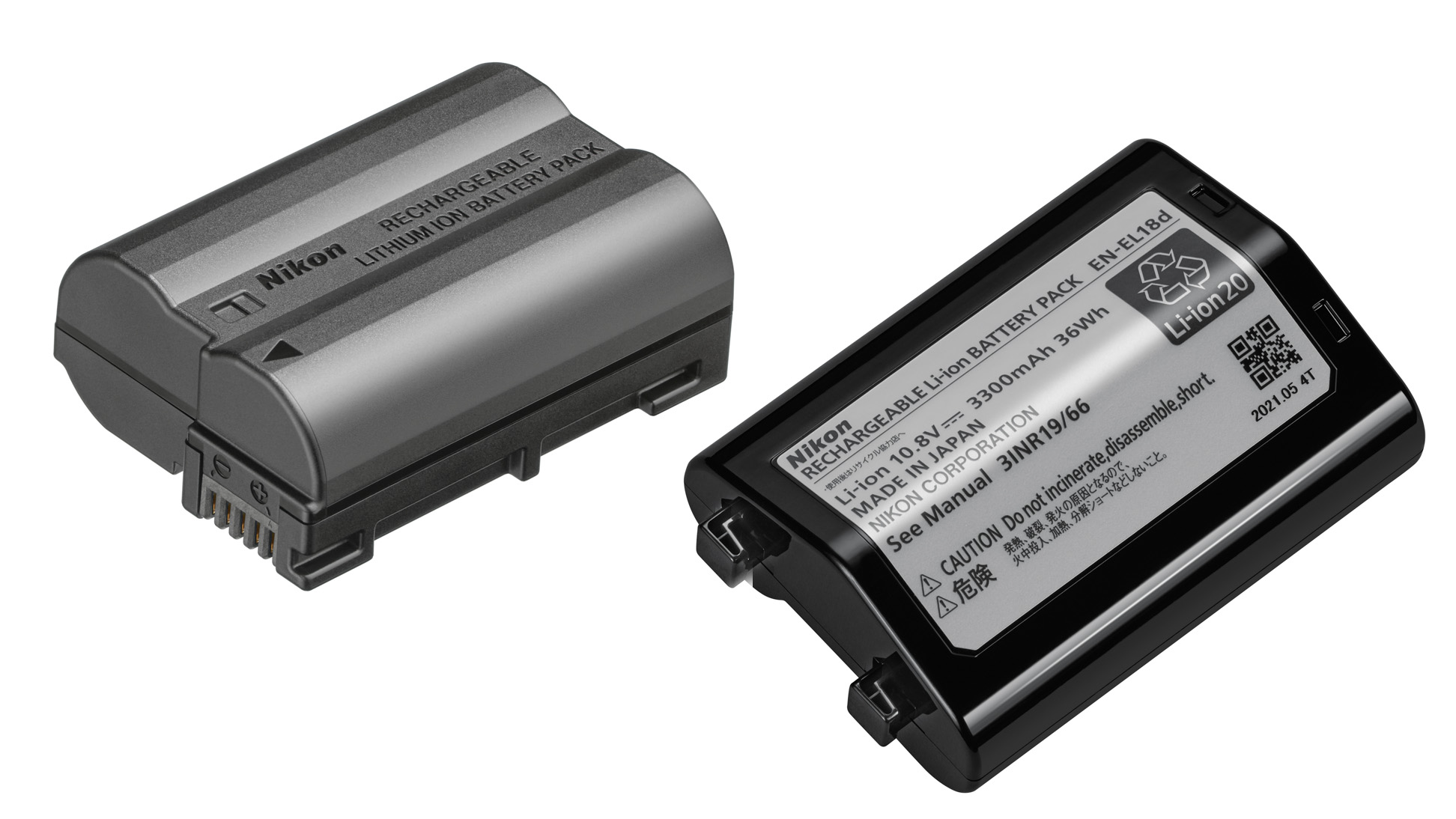
Nikon Z8: EN-EL15c
Nikon Z9: EN-EL18d
The bigger size and dual-grip configuration of the Z9 means it can house the larger EN-EL18d battery. In CIPA tests, this enables the Z9 to capture 740 images when the electronic viewfinder is used and 770 when the rear screen is used to compose images. The Z8, however, uses the EN-EL15c battery, which is the same as the one used in the Z7 II and Z6 II, and it has a lower life of around 340 images with the EVF and 370 when the main screen is used. In real-world use, you are likely to capture far more images on a single charge with both cameras, but those are the official figures.
Nikon Z8 vs Z9: GPS
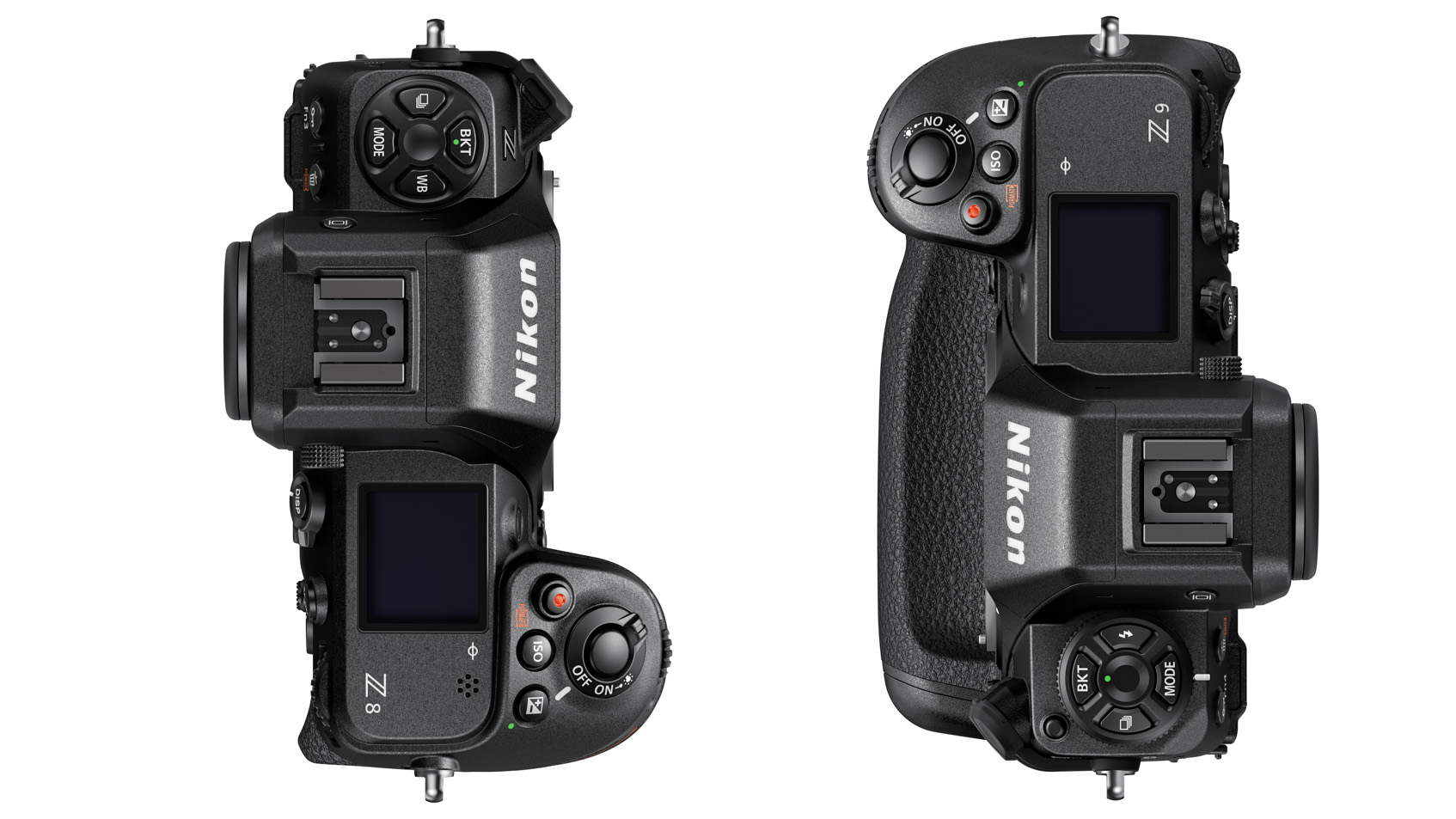
Nikon Z8: Via a connected mobile device
Nikon Z9: Built-in
The larger Z9 has a GPS chip built-in which means it can record location information with every image it captures. Nikon hasn’t squeezed the technology into the Z8, but it can use the location information from a smartphone connected via the company’s Snapbridge system.
Nikon Z8 vs Z9: Best prices
Nikon Z8 vs Z9 summary
The Nikon Z8 has the majority of the same technology and specification of the Z9, including the same sensor, autofocus system and video capability. In a few instances, the Z8 offers a little more than the Z9, but I expect that will change with a firmware upgrade at some point.
The main advantage of the Z8 is that it’s significantly smaller and lighter than the Z9, but this comes at the cost of the smaller battery that has shorter life. Those upgrading from a Z7 II or Z6 II, however, will appreciate being able to their existing batteries.
It’s not just the smaller size of the Z8 that makes it attractive, it’s price is also significantly lower than the Z9. It truly is the ‘baby Z9’.
Get the Digital Camera World Newsletter
The best camera deals, reviews, product advice, and unmissable photography news, direct to your inbox!
Angela has been testing camera gear from all the major manufacturers since January 2004 and has been Amateur Photographer’s Technical Editor and Head of Testing for Future Publishing’s photography portfolio (Digital Camera Magazine, PhotoPlus: The Canon Magazine, N-Photo, Practical Photoshop, Photography Week and Professional Photography magazines, as well as the Digital Camera World and TechRadar websites). She is the founder of SheClicks - a community group that encourages and supports female photographers.

